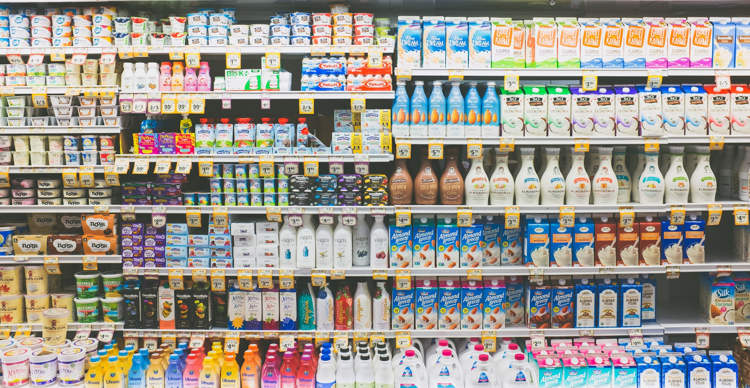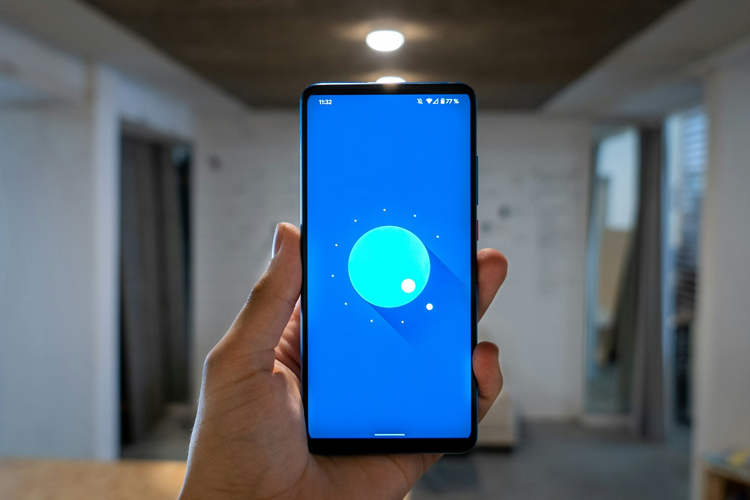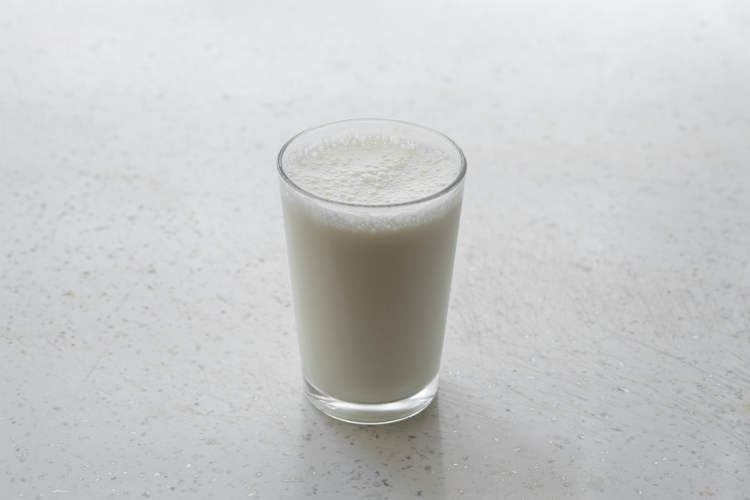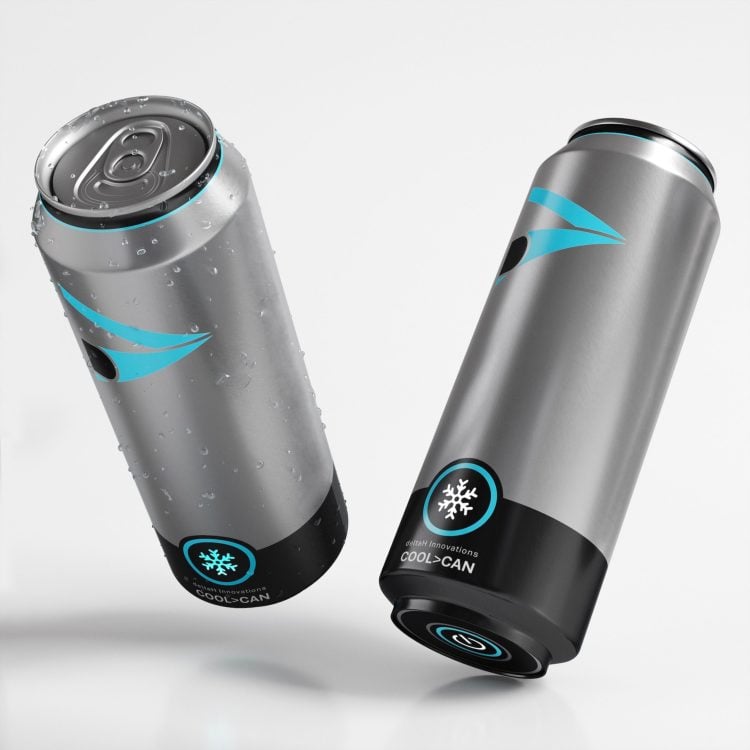Australian scientists at the University of New South Wales (UNSW) have developed a method of accurately checking if milk has gone bad by using the vibration motor inside every smartphone.
The modern smartphone has been a jack-of-all-trades for a while now, but the ubiquitous gadget is getting new functionalities virtually every day. On of the most ingenious ways you’ll probably be able to use your handheld in the near future is to test if milk has gone bad, either in the comfort of your own kitchen, or at the store,without even having to open the container. Reserachers at UNSW Computer Science and Engineering recently developed a new smartphone sensor called VibMilk that relies on the gadget’s vibration motor and inertial measurement unit (IMU) to check the freshness of milk without having to open the container. The high-tech method could one day curb the current waste of 20% of dairy products.

Photo: Unsplash
“You can smell or taste if milk is off, but that requires opening the package,” UNSW Professor Wen Hu said. “Doing so exposes it to bacteria, and that accelerates spoilage. VibMilk is non-invasive, which means you can test the freshness of the milk without breaking the seal.”
Interestingly, VibMilk isn’t the world’s first non-invasive method of testing the freshness of milk. However, previous techniques either required expensive equipment, were too inconvenient, or only worked with transparent and semi-transparent milk containers. VibMilk, on the other hand, favors mass adoption, as it relies on the built-in vibration motor of the average smartphone.
Researchers came up with VibMilk by analyzing how milk goes bad. That is caused by the increase of bacteria, which in turn results in increased lactate levels and decreased glucose levels. When milk spoils, it changes physical properties like density, viscosity, and surface tension, all of which return different responses to vibration signals.

Phone: Mika Baumeister/Unsplash
VibMilk captures the response to the vibration produced by the smartphone’s motor as it passes through the milk and then uses machine learning algorithms to analyse the signals and classify the spoiling milk at 23 different pH levels.
Contrary to popular belief, ‘best-by’ and ‘use-by’ dates can’t accurately predict when milk will gon bad, as that depends on a series of factors, such as storage and transportation conditions, container insulation, etc. Milk kept at correct temperatures can still be good a couple of days before its use-by date, whereas improper conditions can cause it to go bad before the expiration date, so it make more sense for users to check the freshness right before consumption to avoid unnecessary discarding or food poisoning.
“Testing on four common smartphones showed that VibMilk can predict the pH values of milk with an average accuracy of 98.35% and achieved a 100% accuracy for indicating fresh milk,” UNSW announced on its website.

Photo: Unsplash
To further improve the technology, researchers are currently investigating how different packaging materials affect vibration signals as the signals pass through milk.






